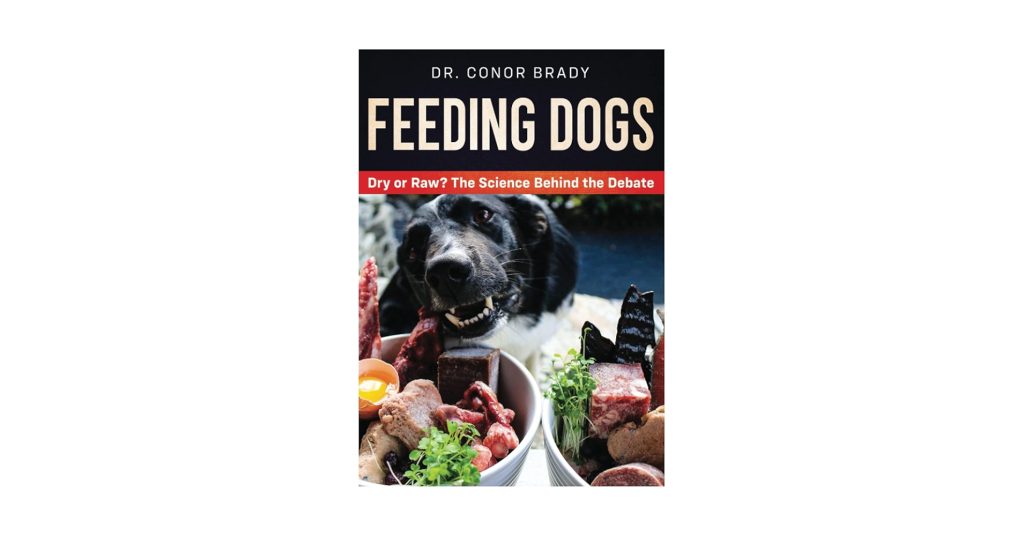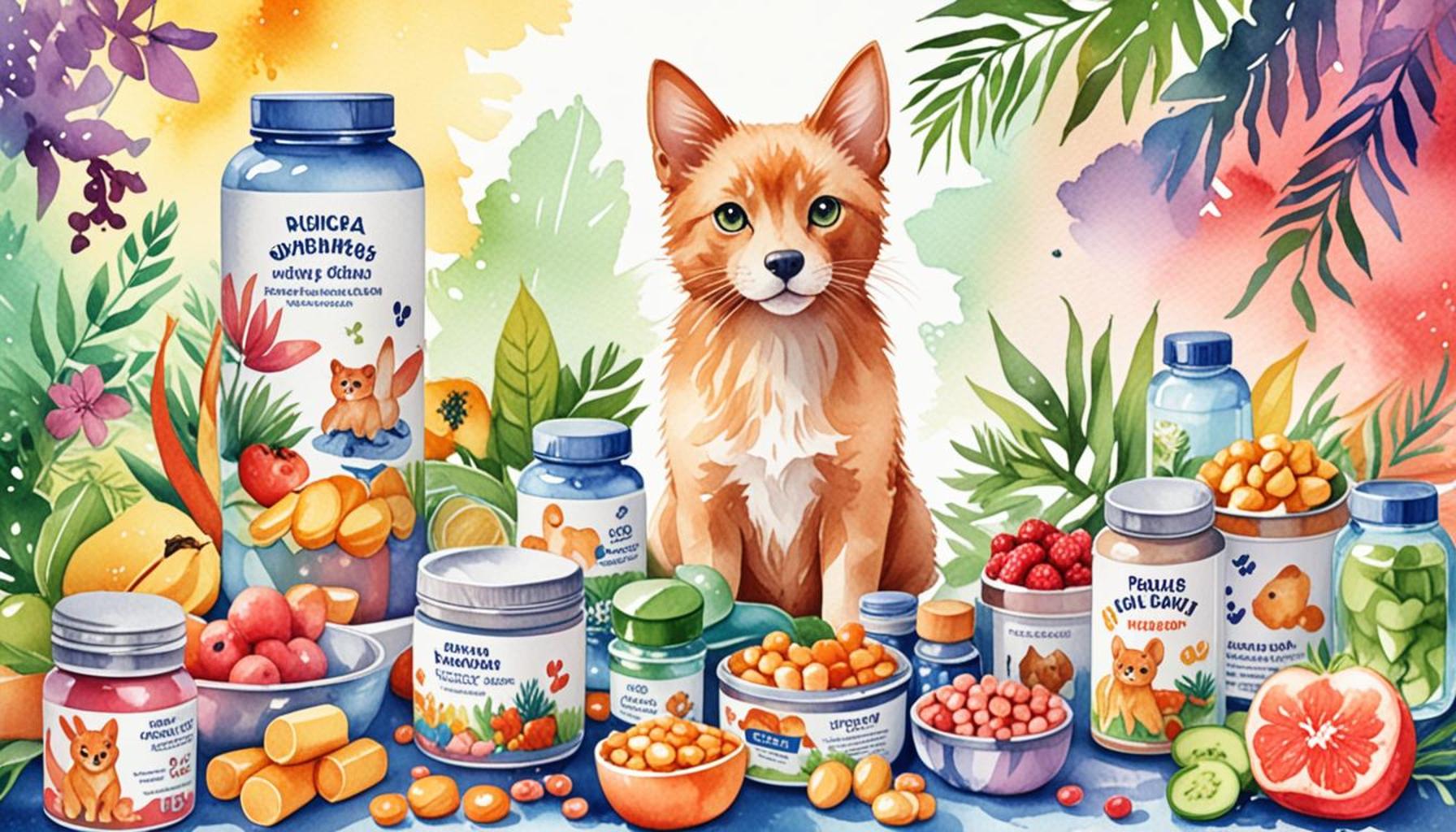The Benefits of Raw Feeding for Cats and Dogs: A Comprehensive Guide

The Rising Popularity of Raw Feeding
In recent years, pet owners have shown an increasing interest in natural dietary solutions that can enhance their pets’ overall health and vitality. One such method that has emerged to the forefront is raw feeding, a dietary approach that emulates the natural eating habits of wild ancestors of our domestic companions. This trend is gaining momentum, appealing to many who wish to provide their pets with wholesome, unprocessed ingredients. But what makes this method so enticing for both cats and dogs?
Understanding the Benefits of Raw Feeding
Raw feeding offers several noteworthy advantages that can contribute significantly to a pet’s well-being. Here are some of the standout benefits:
- Improved Digestion: Many pet owners report a decrease in digestive problems such as gas, bloating, or irregular stools after transitioning their pets to a raw diet. The natural enzymes and probiotics present in raw ingredients are believed to aid digestion, fostering a healthy gut microbiome.
- Healthier Skin and Coat: A diet abundant in proteins, vitamins, and omega fatty acids is credited with fostering a shinier, healthier coat. For example, dogs and cats fed fish, chicken, or beef often display more vibrant fur and reduced instances of skin allergies, translating into overall better skin health.
- Increased Energy Levels: Pet owners frequently observe heightened energy and vitality in their furry companions once they switch to a raw diet. Pets on this regimen tend to be more playful and active, often resulting in a more fulfilling bond with their owners through shared activities such as walks and plays.
Making the Transition to Raw Feeding
While the idea of raw feeding can initially appear intimidating, especially for new pet owners, grasping its foundational principles can facilitate a seamless transition. The cornerstone of successful raw feeding is ensuring proper nutrition while adhering to strong food safety practices to minimize health risks for both pets and owners. For example, raw meat should be sourced from reputable suppliers to reduce exposure to bacteria.
It’s crucial to balance different food components, including meat, bones, and organs, to meet the nutritional needs of your pet. Nutritional guidelines suggest a variety of proteins and a mixture of animal parts in each meal. Additionally, incorporating fruits and vegetables can also offer valuable vitamins and minerals.
Exploring Raw Feeding Further
This guide aims to dive deeper into the world of raw feeding by elucidating practical strategies for implementation. From understanding the appropriate proportions of protein and fat to investigating different sources of raw ingredients, we cover all essential aspects. Moreover, we will provide insights into how to create balanced meals tailored specifically for your furry friends.

As you consider this alternative dietary approach for your pets, remember that each animal is unique. Monitor their health and behavior closely, and consult with a veterinarian knowledgeable about nutrition and raw feeding to ensure that their needs are met effectively. Embark on this journey with informed curiosity, and you may just discover a new path to enhancing the quality of life for your beloved cats and dogs.
DIVE DEEPER: Click here to learn more
The Health Benefits of Raw Feeding
Transitioning your pets to a raw feeding regimen not only emulates their ancestral diets but also brings forth a multitude of health benefits that can enhance their quality of life. Many pet owners find that incorporating raw food into their companions’ meals leads to significant improvements in various aspects of health. Here, we delve deeper into some of the key benefits associated with raw feeding for both cats and dogs.
Enhanced Nutritional Content
Raw feeding delivers a highly nutritious diet abundant in essential vitamins, minerals, and amino acids, all of which are crucial for the overall well-being of cats and dogs. The natural state of these ingredients ensures that nutrients remain intact, which can be lost during the processing of commercial pet foods. Specifically, raw meat, organs, and bones provide:
- High-quality Proteins: Proteins are fundamental for muscle development, tissue repair, and immune function. Raw feeding is rich in complete proteins from animal sources that are easily digestible.
- Essential Fatty Acids: Found in raw meats and fish, omega fatty acids play a vital role in promoting healthy skin and coat while also supporting brain health.
- Natural Enzymes: Raw diets often contain enzymes that aid in digestion, further enhancing nutrient absorption and supporting gut health.
Support for Dental Health
Another noteworthy benefit of raw feeding is its potential to improve your pets’ dental health. Chewing on raw meaty bones helps to naturally clean teeth, reducing plaque and tartar buildup while promoting healthy gums. This physical activity is crucial for maintaining oral hygiene, which is often neglected in pets consuming kibble or wet food. By providing raw bones, you encourage desirable chewing behavior, enhancing not just dental health but also contributing to mental stimulation.
Weight Management
With the rising concerns around pet obesity, raw feeding offers a compelling strategy for weight management. Raw diets typically contain a higher protein content and lower carbohydrate levels, which may help maintain a healthy weight. This balance can prevent excessive weight gain and promote lean body mass. Moreover, the natural composition of raw foods often results in pets feeling fuller for longer, which can reduce the tendency to overeat.
Customizable Diet Plans
One of the advantages of raw feeding is the ability to customize diet plans to suit individual animal needs. For instance, some pets may require more protein due to their age, activity level, or health conditions. By having control over the food being offered, owners can tailor the diet to accommodate allergies or specific dietary restrictions, ensuring their pets consume optimal nutrition.
Taking the Next Step with Raw Feeding
As you explore the world of raw feeding further, it’s vital to stay informed on the proper techniques and practices. Gaining a comprehensive understanding of nutrition and meal preparation will ensure a successful transition for your pets. Consulting with your veterinarian about the shift to a raw diet can provide precious insights and assistance in devising a balanced meal plan that addresses your pet’s unique needs.
| Advantages | Details |
|---|---|
| Improved Digestion | Raw feeding enhances dental health and reduces plaque buildup, leading to fresher breath. |
| Allergy Management | A raw diet can limit exposure to common allergens, providing a solution for food sensitivities. |
| Better Coat Condition | Raw diets often result in improved skin texture and a shinier coat, thanks to a higher intake of omega fatty acids. |
| Increased Energy Levels | Pets may experience enhanced vitality and stamina due to a more nutrient-dense dietary regimen. |
Engaging in raw feeding not only caters to the natural instincts of your pets but also fosters a deeper bond between humans and animals. Understanding these benefits is crucial for making informed decisions about their health. It’s essential to delve further into the practice of raw feeding, ensuring careful planning and consultation with veterinarians to maximize health outcomes. The journey into raw feeding unveils a fascinating world of nutrition, tailored specifically to the needs of our beloved furry companions.
DISCOVER MORE: Click here for insights on your dog’s nutrition
Understanding the Transition to Raw Feeding
Transitioning your pet to a raw feeding diet is a journey that requires careful planning and consideration. While the potential benefits are numerous, how you introduce this new feeding regimen is critical for the health and well-being of your furry friends. This section explores practical strategies to make the transition smooth and effective.
Gradual Introduction
A sudden shift from commercial pet food to a raw diet can lead to gastrointestinal upset. To avoid this, it’s important to introduce raw food gradually. Begin by incorporating a small amount of raw food into your pet’s current diet while decreasing the amount of their traditional kibble. This gradual transition may take a week or two, enabling your pet’s digestive system to acclimate to the new food. For instance, you could start with a 75% kibble and 25% raw ratio, then slowly shift to a more balanced approach as your pet adjusts.
Balanced Nutrition
When formulating a raw feeding plan, balance is key. A well-rounded diet for pets should include:
- Muscle Meat: This is the main protein source and should be the bulk of your pet’s diet.
- Organ Meats: These are nutrient-dense and should make up about 10-15% of the total diet, providing vitamins like A and D.
- Raw Bones: These not only support dental health but also provide essential minerals.
- Vegetable Matter: While primarily carnivorous, small quantities of blended vegetables can aid digestion and provide fiber.
To optimize your pet’s nutrition, consider researching the specific needs of your breed, age, and activity level, as dietary requirements can vary significantly.
Safety Precautions
When handling raw meat, adhering to safety practices is paramount to ensure both pet and owner well-being. Here are some essential safety tips:
- Hygiene: Always wash your hands thoroughly after handling raw food. Clean utensils, surfaces, and storage containers used for raw food preparation.
- Store Properly: Raw food should be stored in the freezer until you’re ready to use it, helping to prevent bacterial growth.
- Portion Control: Ensure that portion sizes are appropriate for your pet’s weight and health to avoid overfeeding.
Of course, not all pets may seamlessly adapt to a raw diet. Monitoring your animal’s reactions to changes in their diet, such as digestive health or energy levels, can help you make informed decisions as you progress.
Consulting Professionals
Working with a veterinarian experienced in nutritional matters is crucial when switching to raw feeding. Your vet can offer guidance based on your pet’s specific condition and can help tailor the diet appropriately. Additionally, consider reaching out to pet nutritionists who specialize in raw diets for further insights and formulations.
The Community Aspect
Joining raw feeding communities online can also offer support and resources throughout your journey. Many owners share experiences, meal plans, and recipe ideas, creating a supportive network for those looking to enhance their pets’ nutrition. Engaging with these communities helps dispel myths and provide factual information regarding raw feeding.
As you embark on this raw feeding adventure, remember that staying informed and adaptable is key to ensuring a successful transition for your beloved companions.
DISCOVER MORE: Click here for effective training strategies
Conclusion
In summary, transitioning your pets to a raw feeding diet can unlock numerous benefits for their overall health and vitality. By embracing a more natural, species-appropriate diet, pet owners may witness improvements in energy levels, skin and coat condition, and even dental health. However, the journey toward raw feeding requires careful planning, balanced nutrition, and safety precautions to ensure the well-being of both pets and their owners.
As you explore this holistic approach to pet nutrition, remember the importance of a gradual transition to allow your pets to adapt comfortably to their new meals. A well-rounded diet, inclusive of muscle meats, organ meats, raw bones, and potentially small amounts of vegetable matter, ensures that your furry friends receive all the essential nutrients they need.
Consulting with veterinary professionals and engaging with online raw feeding communities can further enrich your experience, providing you with valuable resources and shared knowledge from other pet owners. The support from like-minded individuals can be a game-changer, as you embark on this rewarding journey aimed at optimizing your pets’ health and longevity.
Ultimately, advocating for a raw diet can transform how we nourish our beloved cats and dogs. As you consider this lifestyle change, keep in mind that each pet is unique, and continuous observation and adaptation are key to finding what works best for every individual. Discovering the right balance in nutrition may not only enrich your pet’s life but also deepen the bond you share with them. So why not take the first step today and investigate the potential of raw feeding? Your pets deserve to thrive, and a raw diet can be a significant part of that promise.



